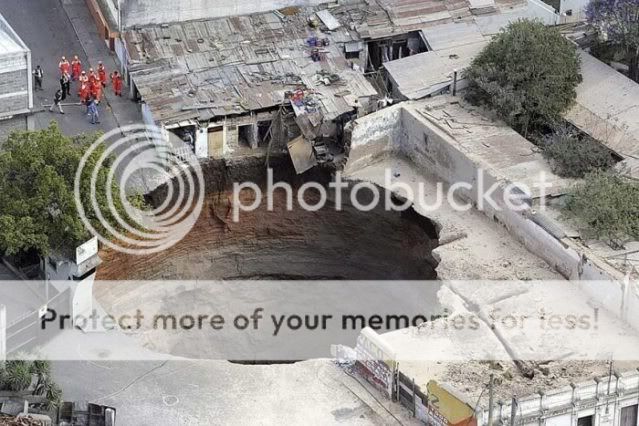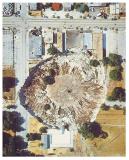ErikViking
VIP Member
Tropical Storm Agatha swept across Central America yesterday, bringing torrential rain that killed more than 100 people and opened a 60m-deep sinkhole in Guatemala City which reportedly swallowed up a three-storey building.
.
.
.
Guardian
I have never seen anything like this...








